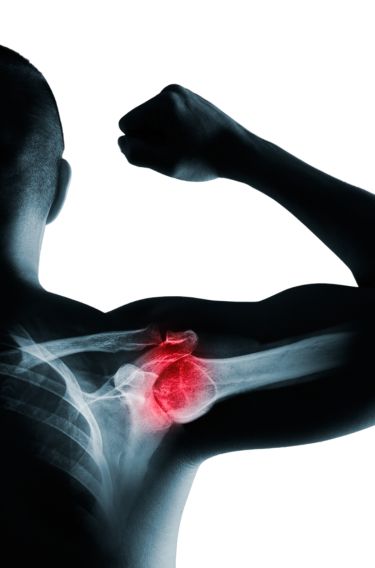SHOULDER REPLACEMENT
Shoulder Replacement in Guntur, Andhra Pradesh, India
What is shoulder replacement?
Shoulder replacement, also known as shoulder arthroplasty, is a surgical procedure in which a damaged or diseased shoulder joint is replaced with an artificial joint or prosthesis. It is typically performed to relieve severe pain and restore function in individuals who have significant shoulder joint damage due to conditions such as osteoarthritis, rheumatoid arthritis, avascular necrosis, or severe fractures.
During a shoulder replacement surgery, the surgeon removes the damaged parts of the shoulder joint, including the ball-shaped end of the upper arm bone (humerus) and sometimes the socket (glenoid) of the shoulder blade (scapula). These are then replaced with artificial components made of metal and/or plastic. The new components are designed to mimic the natural shape and movement of a healthy shoulder joint, allowing for improved mobility and reduced pain.
There are different types of shoulder replacement procedures, including total shoulder replacement, partial shoulder replacement and reverse shoulder replacement.
Total Shoulder Replacement : In this procedure, both the ball-shaped end of the upper arm bone (humerus) and the socket (glenoid) of the shoulder blade (scapula) are replaced with artificial components. The artificial ball is attached to a stem that is inserted into the upper arm bone, and a plastic socket is placed in the glenoid cavity. This type of replacement is commonly used for conditions such as osteoarthritis, rheumatoid arthritis, and severe fractures.
Reverse Shoulder Replacement : Reverse shoulder replacement is performed when the rotator cuff tendons are severely damaged or there are complex fractures involving the shoulder joint. In this procedure, the ball-shaped component is attached to the socket of the scapula, and the socket is attached to the upper arm bone. This reversal of the components allows the deltoid muscle, instead of the damaged rotator cuff tendons, to power the arm's movement.
Partial Shoulder Replacement : Partial shoulder replacement, also called hemiarthroplasty, involves replacing only the ball-shaped end of the upper arm bone. This procedure is typically performed when the glenoid socket is healthy and intact, and the damage is limited to the humerus. It can be an option for certain types of fractures or when there is avascular necrosis of the humeral head.
Resurfacing Shoulder Arthroplasty in mainly done to preserve the natural shoulder joint, this procedure involves reshaping the existing joint surfaces rather than replacing them entirely. It is less commonly performed and may be considered for younger patients with specific indications.
The choice of the appropriate shoulder joint replacement surgery depends on various factors, including the patient's age, overall health, the underlying cause of joint damage, the extent of joint degeneration, and the shoulder joint replacement surgeon's expertise.
After the surgery, a period of rehabilitation and physical therapy is typically required to help the patient regain strength, restore range of motion, and optimize the function of the replaced shoulder joint. It's important to follow the post-operative instructions and work closely with healthcare professionals to achieve the best possible outcome.
Shoulder replacement surgery has proven to be an effective treatment option for many people suffering from shoulder joint problems, significantly improving their quality of life by reducing pain and restoring function. However, as with any surgical procedure, there are risks and potential complications, and it is crucial to have a thorough evaluation and consultation with an orthopaedic doctor to determine the most suitable surgical approach for each individual case.
.webp)
.webp)






